The Land Rover Freelander comes in two body styles: a two-door version with a detachable roof called the SE3, and a four-door version available in SE trim. Major standard equipment on the SE and SE3 models includes 17-inch alloy wheels; a roof rack; air conditioning; steering wheel-mounted stereo controls; cruise control; power windows, mirrors and locks; and keyless entry. Additionally, the SE comes with leather upholstery, while the youth-oriented SE3 gets a durable vinyl upholstery (leather is optional), a power sunroof and foglamps. A premium package includes perforated leather seating, a Harman Kardon sound system, in-dash six-disc CD changer, 18-inch alloys and side rubstrips.
2005 Land Rover Freelander
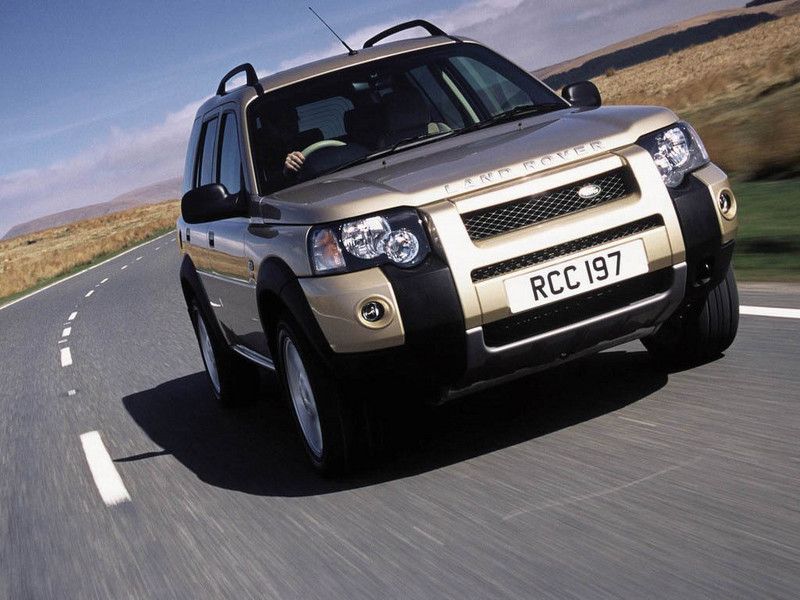

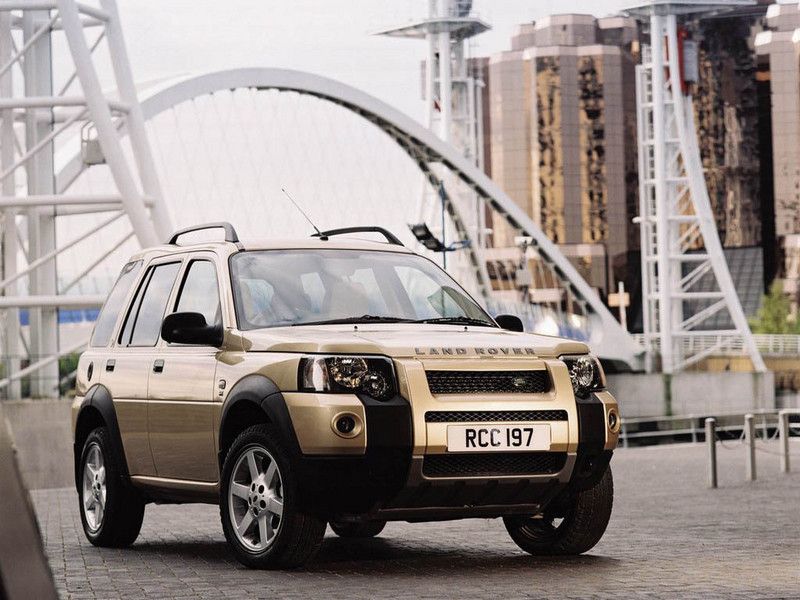
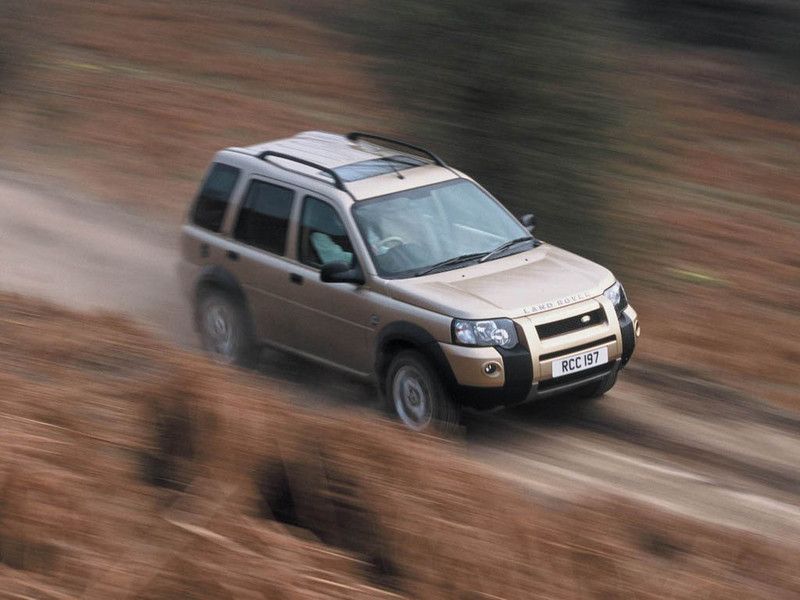
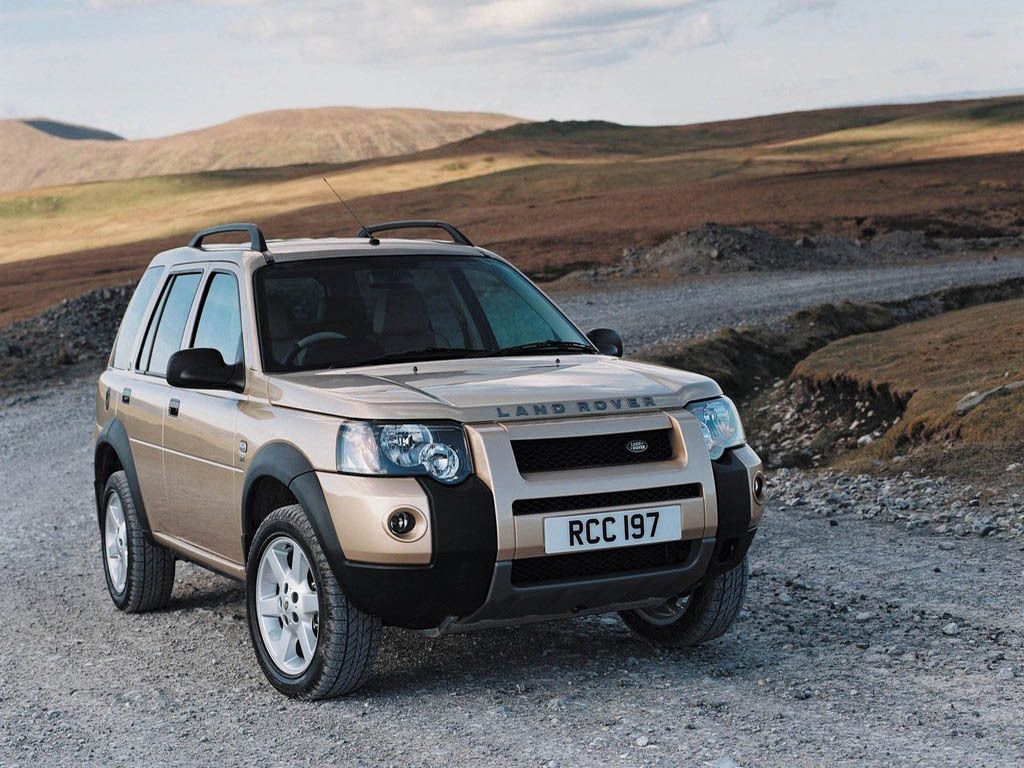
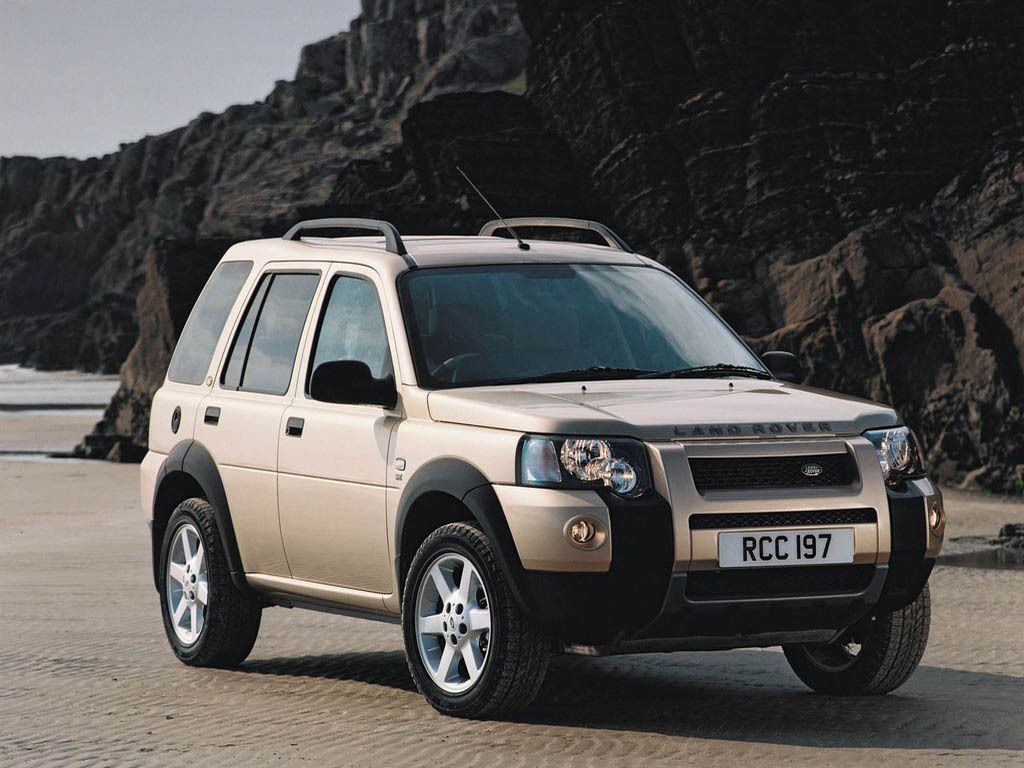
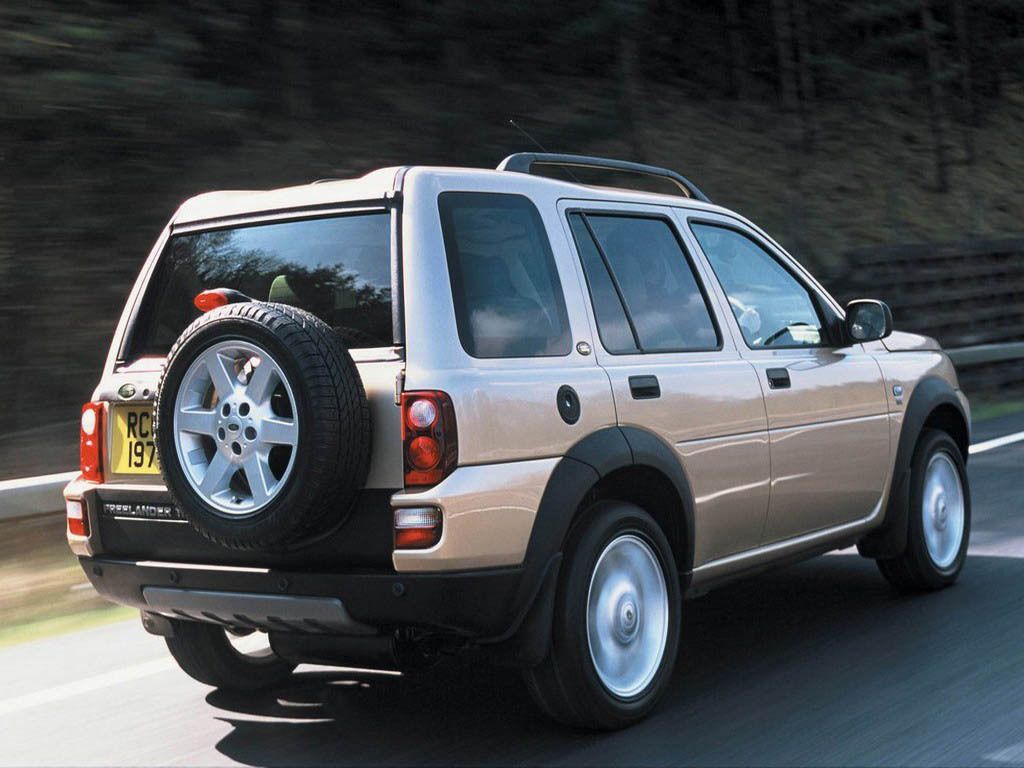
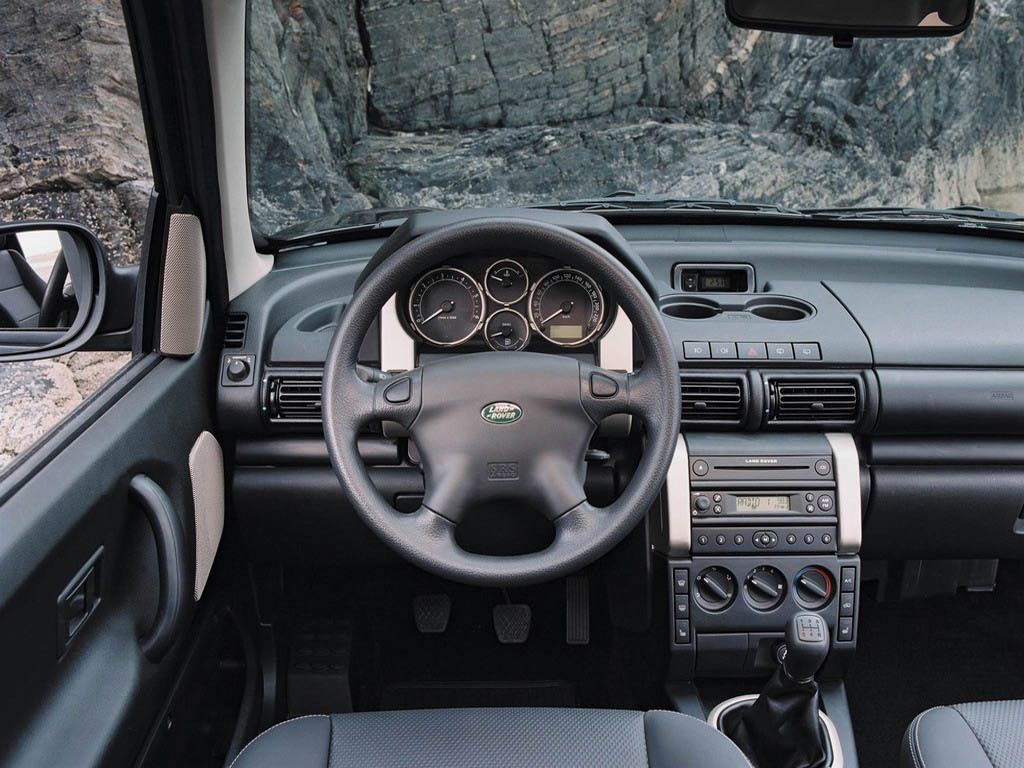
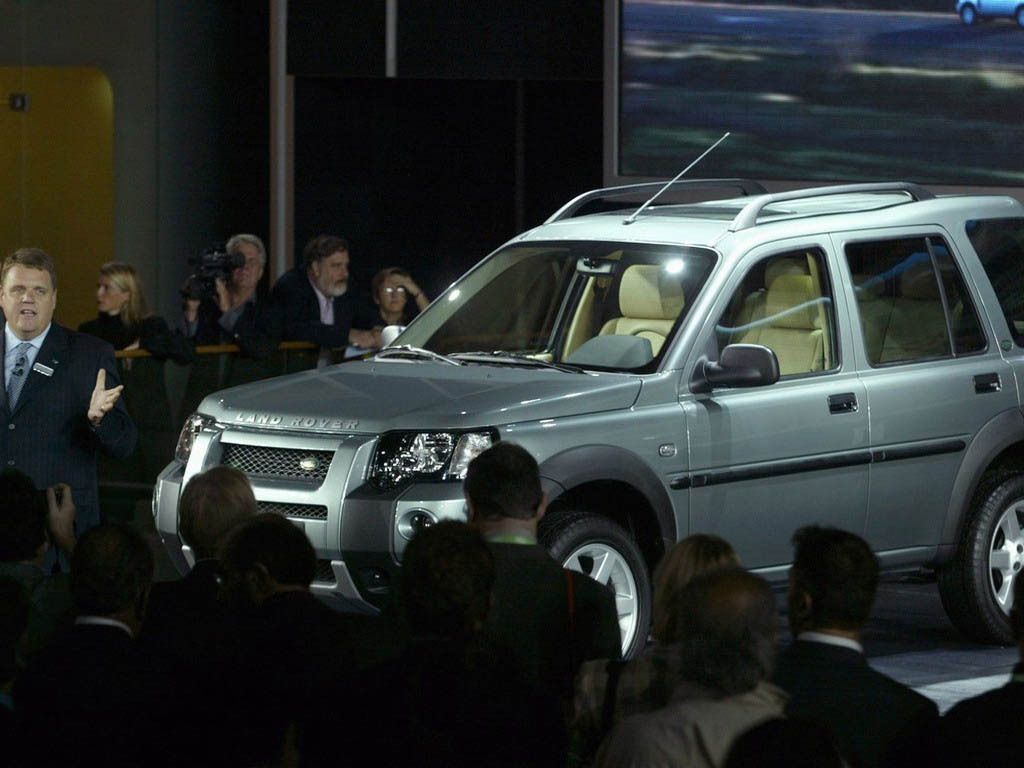
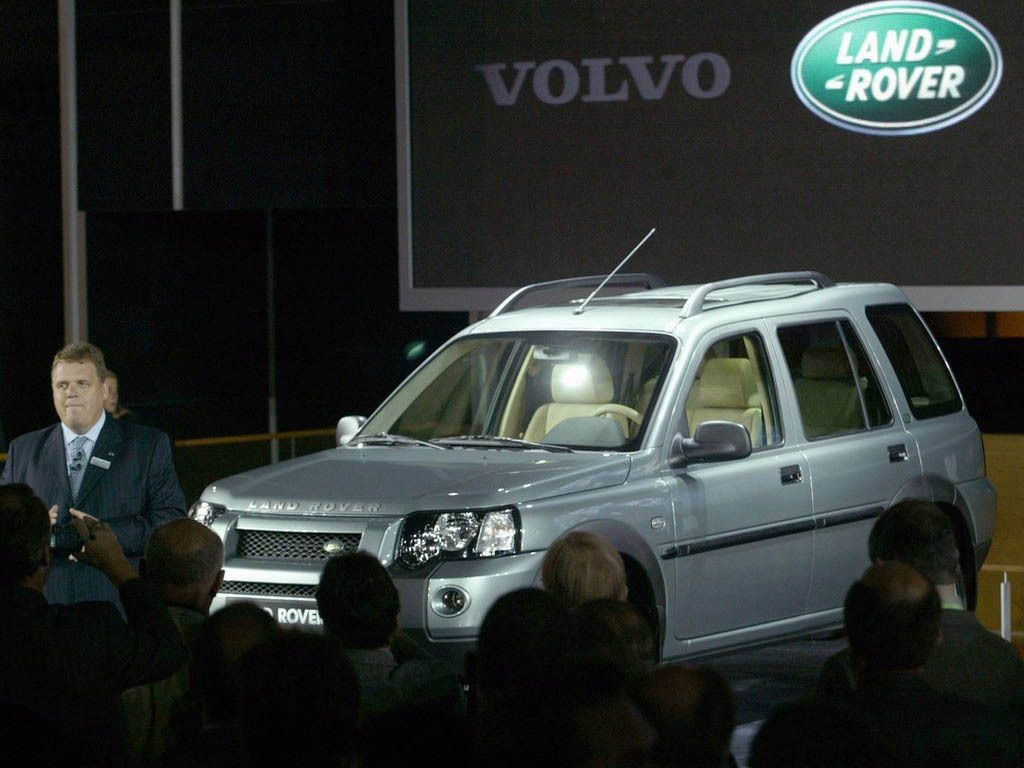
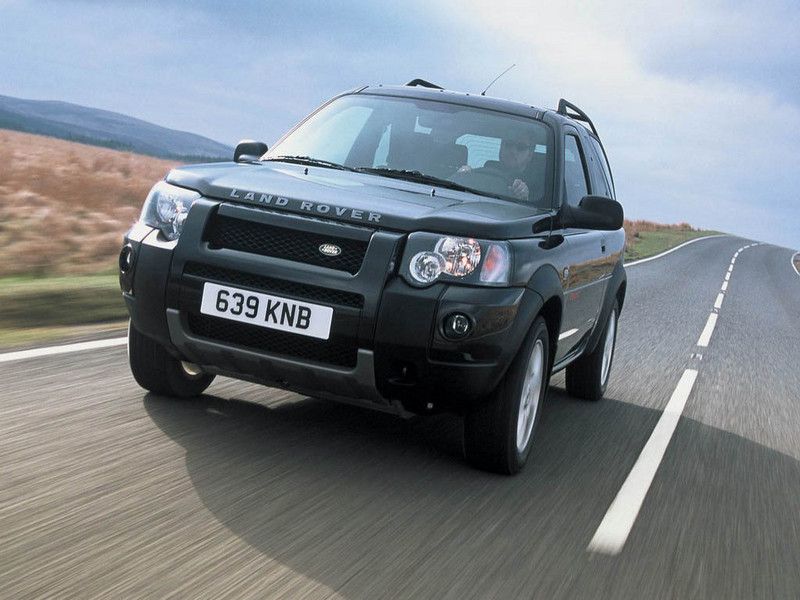
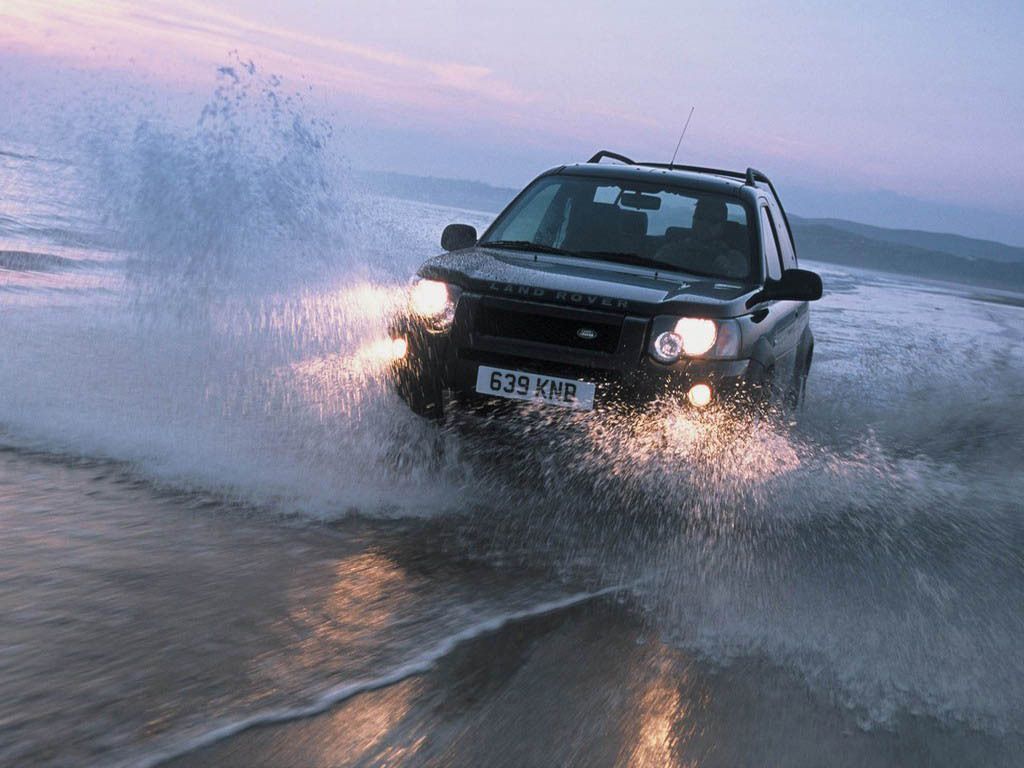
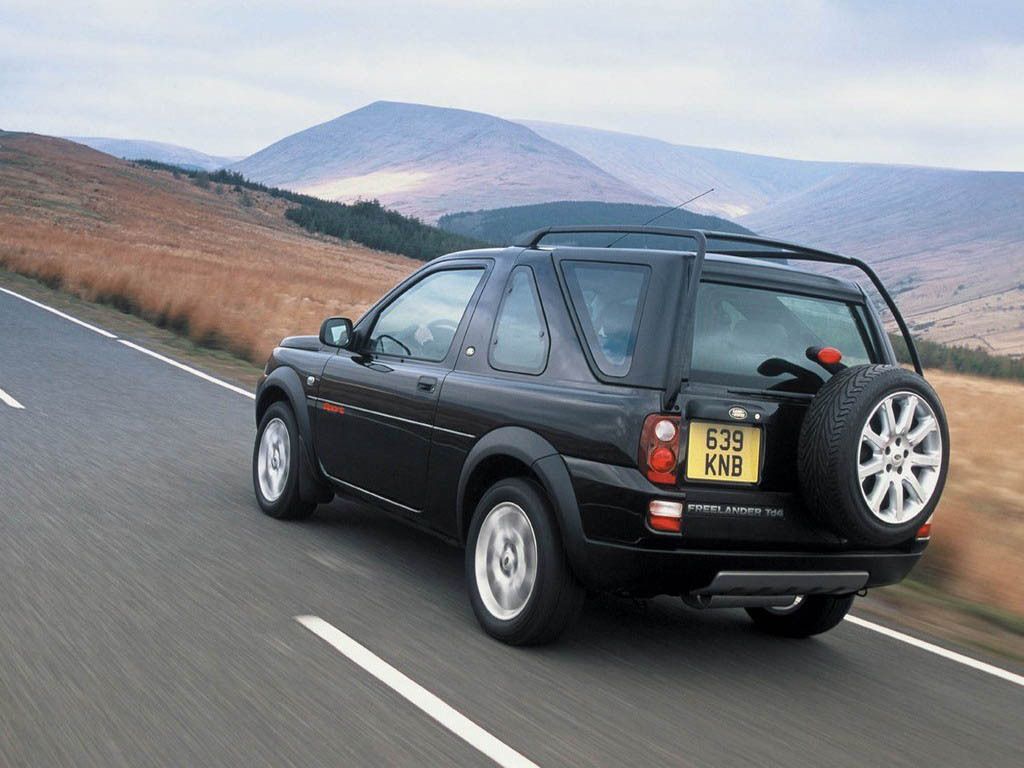
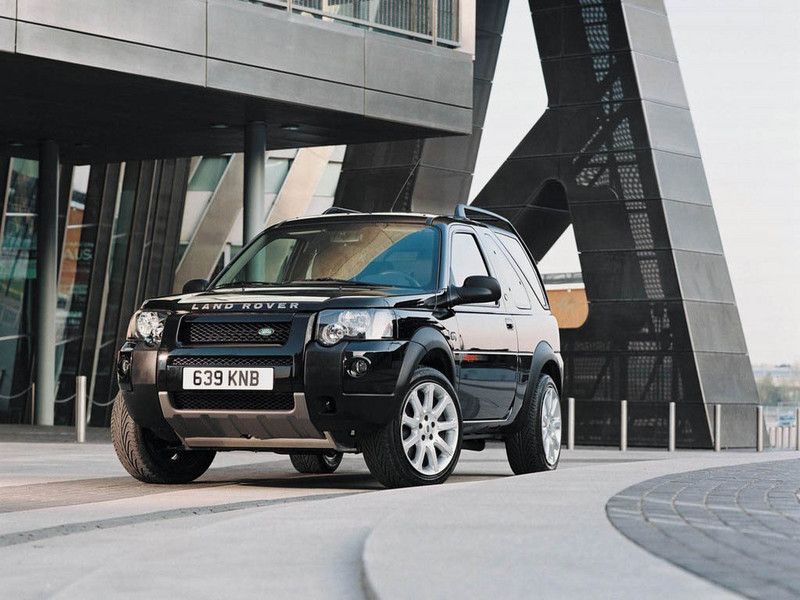
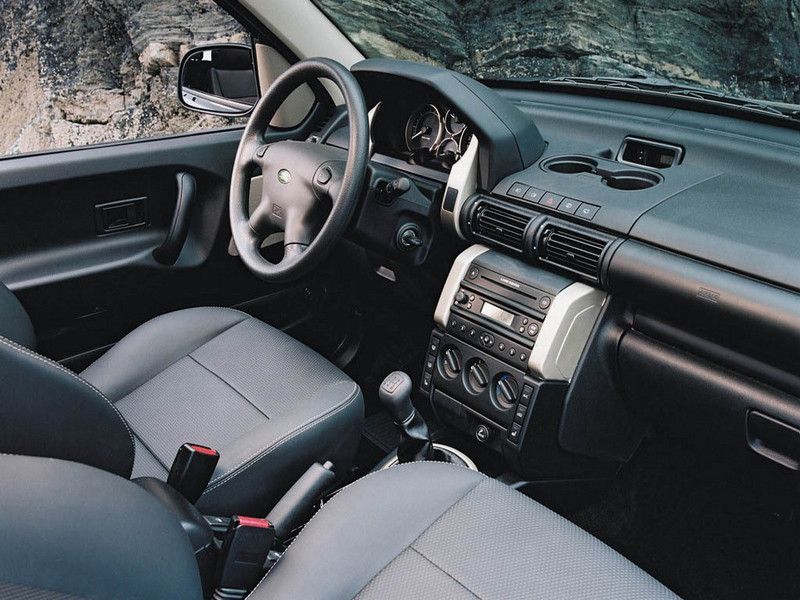
Specifications
- Make: Array
- Model: 2005 Land Rover Freelander
- Engine/Motor: 2.5 liter V6
- Horsepower: 174@6250
- Torque: 4000
- Transmission: 5-Speed Automatic
2006 Landrover Range Rover















Specifications
- Make: Array
- Model: 2006 Landrover Range Rover
- Engine/Motor: 4.6 liter V8
- Horsepower: 385@5000
- Torque: 2750
- Transmission: 4-Speed Automatic
- [do not use] Vehicle Model: Array
Powertrains and Performance
A dual-overhead cam all-aluminum 2.5-liter V6 engine is the only power plant available. It makes 174 horsepower and 177 pound-feet of torque, and is connected to a five-speed automatic transmission with sport and automanual shift modes. Maximum tow rating is 2,500 pounds, a bit low for this class of vehicle. Fuel economy is not very good for a small SUV, as Freelanders get just 17 mpg in city driving and 21 mpg on the highway.
Safety
Safety is addressed by four-wheel antilock brakes with Electronic Brakeforce Distribution and standard all-wheel drive. Hill Descent Control helps prevent uncontrolled slides on off-road trails. Unlike other vehicles in the price point, the Land Rover lacks stability control, or side or head-curtain airbags. The Land Rover Freelander earned an "Acceptable" rating (the second highest on a scale of four) from the IIHS in the 40-mph frontal offset crash test. In side-impact testing of small SUVs also conducted by the IIHS, the Freelander received a "Poor" rating (the lowest).
Interior Design and Special Features
The Freelander's historically drab, downmarket interior got a much needed upgrade last year; the dash, instruments, switchgear and door trim panels were all revised, and new front seats offered more comfort and support. The Freelander has 19.3 cubic feet of cargo capacity with the rear seat in use and a meager 46.6 cubes with it folded. That's substantially less than most players in this market, so if you regularly carry even a few large items,(or several smaller ones), be sure to look at the competition. In the SE3 models, the roof section over the rear seats can be removed to create a partial top-down driving experience. Unfortunately, reinstalling the top can be a pain, as the process requires tools and plenty of patience.
Driving Impressions
The stout suspension that does so well in the rough stuff also manages to provide a tightly controlled ride on the street. There's more body roll in corners than we would like, but the Freelander remains stable and controllable. The steering provides more feedback than most competitors' setups, as well, although some might find the weighting a bit too heavy for day-to-day driving. With limited ground clearance and no low-range gearing, the Freelander isn't as capable off-road as other Land Rover models, but it can handle moderate trails with little difficulty.
A dual-overhead cam all-aluminum 2.5-liter V6 engine is the only power plant available. It makes 174 horsepower and 177 pound-feet of torque, and is connected to a five-speed automatic transmission with sport and automanual shift modes. Maximum tow rating is 2,500 pounds, a bit low for this class of vehicle. Fuel economy is not very good for a small SUV, as Freelanders get just 17 mpg in city driving and 21 mpg on the highway.
Safety
Safety is addressed by four-wheel antilock brakes with Electronic Brakeforce Distribution and standard all-wheel drive. Hill Descent Control helps prevent uncontrolled slides on off-road trails. Unlike other vehicles in the price point, the Land Rover lacks stability control, or side or head-curtain airbags. The Land Rover Freelander earned an "Acceptable" rating (the second highest on a scale of four) from the IIHS in the 40-mph frontal offset crash test. In side-impact testing of small SUVs also conducted by the IIHS, the Freelander received a "Poor" rating (the lowest).
Interior Design and Special Features
The Freelander's historically drab, downmarket interior got a much needed upgrade last year; the dash, instruments, switchgear and door trim panels were all revised, and new front seats offered more comfort and support. The Freelander has 19.3 cubic feet of cargo capacity with the rear seat in use and a meager 46.6 cubes with it folded. That's substantially less than most players in this market, so if you regularly carry even a few large items,(or several smaller ones), be sure to look at the competition. In the SE3 models, the roof section over the rear seats can be removed to create a partial top-down driving experience. Unfortunately, reinstalling the top can be a pain, as the process requires tools and plenty of patience.
Driving Impressions
The stout suspension that does so well in the rough stuff also manages to provide a tightly controlled ride on the street. There's more body roll in corners than we would like, but the Freelander remains stable and controllable. The steering provides more feedback than most competitors' setups, as well, although some might find the weighting a bit too heavy for day-to-day driving. With limited ground clearance and no low-range gearing, the Freelander isn't as capable off-road as other Land Rover models, but it can handle moderate trails with little difficulty.

